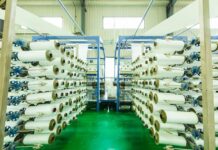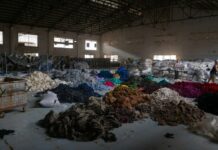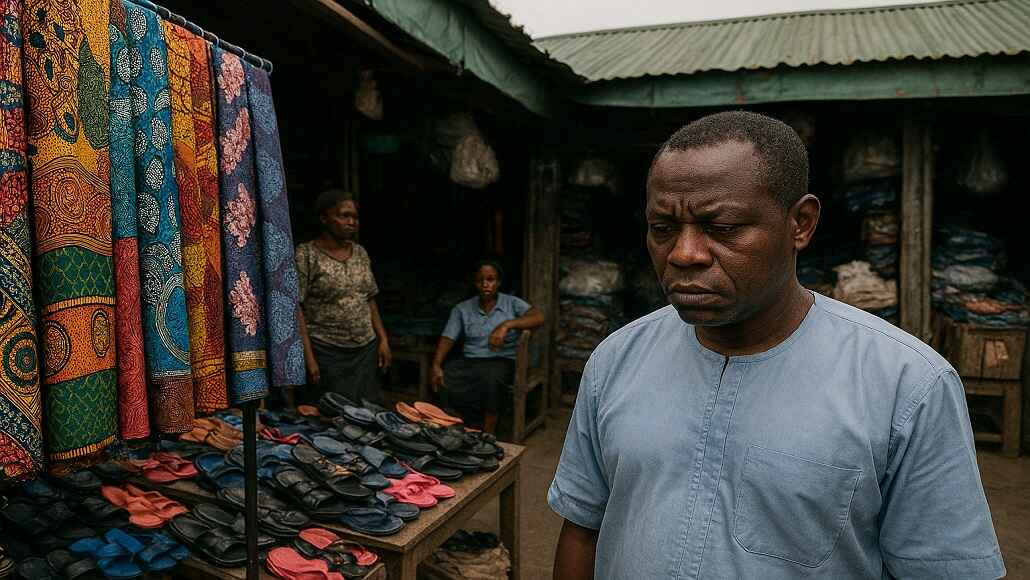Nigeria’s textile, garment, and footwear industry experienced an 8.1% decline, dropping to N1.224 trillion (~$764.6 million) in 2024, down from N1.332 trillion ($835.28 million) in 2020, according to the National Bureau of Statistics (NBS).
While domestic performance has decreased, export values have been on a steady rise, primarily due to the depreciation of the currency. Additionally, there has been a notable increase in imports within the sector.
The industry’s contribution to Nigeria’s gross domestic product (GDP) has been continuously diminishing over the past five years, highlighting the ongoing Nigeria Textile Industry Decline.
An analysis of the data reveals a consistent downward trajectory over this period. Following the 2020 figures, GDP for the sector fell by 1.27% to N1.315 trillion in 2021, and then by 2.23% to N1.286 trillion in 2022. The decline became more pronounced in 2023, with a drop of 3.06% to N1.247 trillion, followed by a further decrease of 1.8% in 2024 to N1.224 trillion.
The data also highlights the sector’s shrinking share of the overall GDP, which decreased from 1.9% in 2020 to 1.82% in 2021, then to 1.72% in 2022, remaining at 1.72% in 2023, and finally dropping to 1.63% last year.
According to reports from a local newspaper, smuggling, counterfeiting, and deteriorating infrastructure are significant factors contributing to the challenges facing the sector.
The value of imported textiles and related goods surged by 298% to N726.18 billion last year, compared to N182.53 billion in 2020.
Imports rose by 52.7% to N278.77 billion in 2021, increasing by 31.1% to N365.46 billion in 2022, and experiencing a further increase of 3.2% to N377.08 billion in 2023.
However, the following year saw a dramatic rise in imports, which skyrocketed by 92.6% to reach N726.18 billion, largely attributed to the naira’s devaluation.
In contrast, exports of these items rose by 514% to N36.981 billion in 2024, up from N6.022 billion in 2020, also influenced by the naira’s depreciation.
The export figures for the sector over the years are as follows: N6.022 billion in 2020, N12.292 billion in 2021, N10.267 billion in 2022, N18.755 billion in 2023, and N36.981 billion in 2024. The persistent issues leading to the Nigeria Textile Industry Decline remain critical for policymakers to address.



































